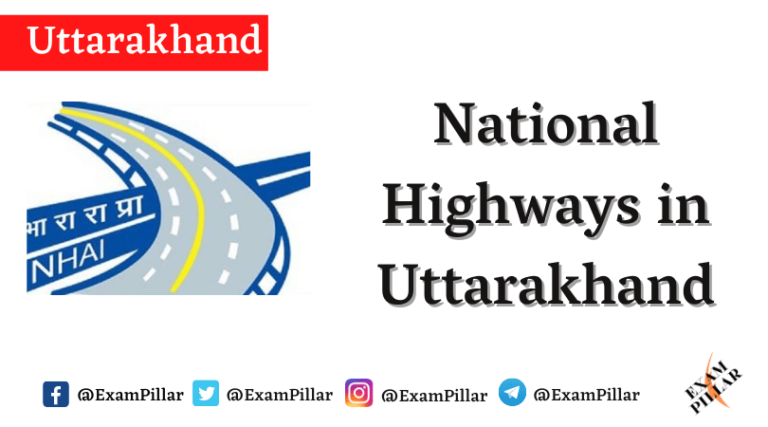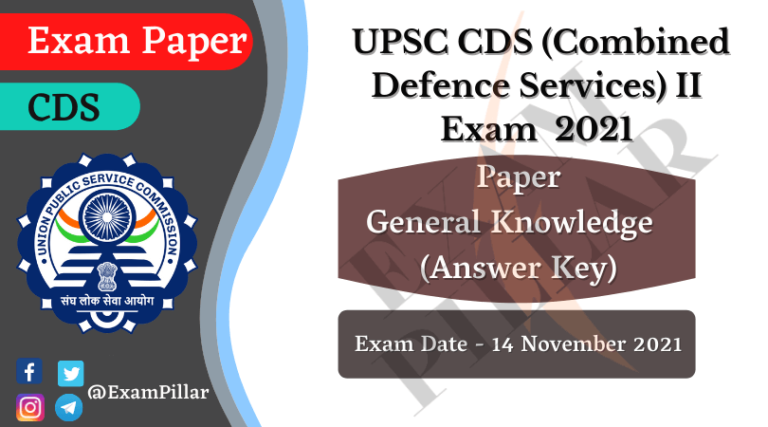16. How can a teacher create an inclusive environment for learners from different caste groups in classroom?
(i) By reflecting on her own stereotypes and beliefs that constraint learning experiences of children.
(ii) Include diversity of children’s experiences in classroom,
(iii) Create an institutional ethos that has a strong emphasis on equality.
(iv) Encourage children to adapt to existing standard curriculum.
Options:
1. (i), (ii), (iii)
2. (i), (ii), (iv)
3. (i), (iii), (iv)
4. (i), (iii)
Click To Show Answer/Hide
17. Ramneek has a student with visual impairment in her class. In this context, what instructional adaptations should she make in an inclusive classroom?
1. Using a variety of visual presentations
2. Providing lot of print books
3. Making use of tactile materials such as three dimensional maps and charts
4. Giving lot of small print worksheets
Click To Show Answer/Hide
18. Reena always thinks of varied solutions for any problem given in the class. This is a characteristic of –
1. Mental impairment
2. Low comprehension
3. Convergent thinking
4. Divergent thinking
Click To Show Answer/Hide
19. Raju writes ‘61’ as ‘16’ and often gets confused between the letters ‘b’ and ‘d’. These are primary characteristics of –
1. Dyslexia
2. Autism spectrum disorder
3. Learned helplessness
4. Dysgraphia
Click To Show Answer/Hide
20. Specially abled children in an inclusive classrooms can benefit from –
(i) Setting of Individualized goal
(ii) Competitive ethos
(iii) Cooperative learning
(iv) Standard instruction
Options:
1. (i), (iv)
2. (ii), (iv)
3. (i), (iii)
4. (iii), (iv)
Click To Show Answer/Hide
21. How are children understood in a constructivist frame?
1. Passive beings
2. Miniature adults
3. As being born evil who have to be civilized
4. As being born with a curiosity to explore the world
Click To Show Answer/Hide
22. Which of the following statements about children’s ‘failure’ is correct?
1. Child’s failure can always be attributed to genitic defects.
2. Child’s failure is a reflection of the system’s inability to cater to her individual needs.
3. Children whose parents have themselves never been to school are not interested in the education of their children.
4. Children belonging to marginalized communities ate not capable of achieving academic success
Click To Show Answer/Hide
23. How can a teacher enhance effective learning in her elementary classroom?
1. By drill and practice
2. By encouraging competition
3. By connecting the context to the lives of the students
4. By offering rewards at every step in learning
Click To Show Answer/Hide
24. Anupama, a science teacher, often makes linkages in her classrooms with the concepts students are studying in Mathematics. This kind of pedagogy –
1. would help in transfer of learning and promote inter – disciplinarity.
2. would hinder in acquisition of knowledge.
3. would hinder learning as it would increase the students burden.
4. would promote misconceptions amongst children.
Click To Show Answer/Hide
25. The information related to the procedure of riding a bike, folding laundry and experience of climbing a tree as a 7 years old is stored in –
1. short term memory
2. long term memory
3. sensory memory
4. working memory
Click To Show Answer/Hide
26. Which of the following statements about understanding of children’s errors is NOT correct?
1. It helps in assigning grades and positions to the students in class.
2. It makes the teacher aware of conceptual understanding of children,
3. Understanding of errors is meaningful in teaching learing process as natural part of learning
4. It gives insight into children’s thinking.
Click To Show Answer/Hide
27. Which type of motivation is associated with activities that are enjoyable or satisfying in themselves?
1. Intrinsic motivation
2. Trait motivation
3. Extrinsic motivation
4. State motivation
Click To Show Answer/Hide
28. Teacher’s expectations from her students –
1. have a significant impact on their learning.
2. should not he correlated with the students’ learning.
3. do not have any effect on the students’ learning and self-efficacy.
4. are a sole determinent of the childrens’ learning,
Click To Show Answer/Hide
29. A child-centered classroom can be created by –
1. providing timely feedback to the learners about their performance.
2. discouraging questions and keeping learners passive.
3. providing frequent tests and keeping learners in an intermittent state of fear.
4. promoting competition between learners.
Click To Show Answer/Hide
30. National Education Policy 2020 proposes –
(i) reduction in content of school curriculum.
(ii) increased flexibility of school curriculum,
(iii) emphasis on rote learning.
(iv) emphasis on critical thinking.
Options :
1. (ii), (iv)
2. (i), (ii), (iii)
3. (i), (ii), (iv)
4. (ii), (iii), (iv)
Click To Show Answer/Hide
| Read Also : |
|---|





Leave a Reply